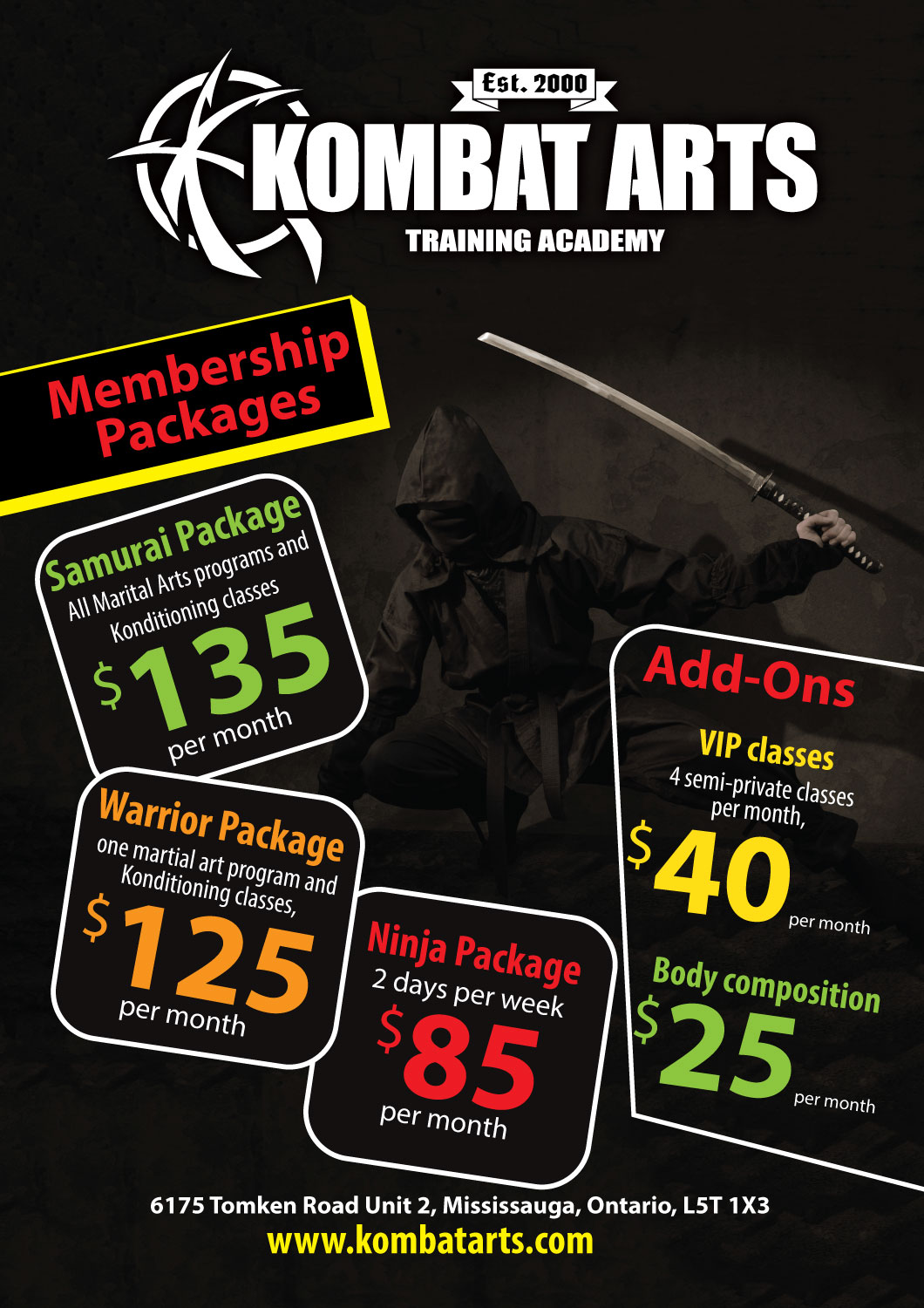Just How Do Typical Martial Arts Focus On Discipline Contrast To Contemporary Combat Sporting Activities Focus On Competitors? Discover The Vital Differences That Can Shape Your Journey
Just How Do Typical Martial Arts Focus On Discipline Contrast To Contemporary Combat Sporting Activities Focus On Competitors? Discover The Vital Differences That Can Shape Your Journey
Blog Article
Web Content Author-Camp Haagensen
When you consider martial arts, do you lean more towards the traditional methods or the modern-day fight sports? Each path supplies distinct advantages and experiences, shaped by their ideologies and training methods. https://listen.sdpb.org/sports-rec/2023-03-14/kids-find-confidence-in-mixed-martial-arts stress individual growth and self-control, while modern fight sports concentrate on competitors and performance. Understanding these distinctions can assist you in picking the ideal technique for your trip. But how do these differences materialize in training and philosophy?
The Ideology and Background Behind Conventional Martial arts
While many individuals link martial arts with physical battle, the ideology and background behind traditional martial arts run much deeper. You'll locate that these self-controls emphasize individual growth, self-control, and regard.
Stemming from old practices, conventional martial arts were commonly developed for Self-Defense and spiritual development. They symbolize principles such as balance, harmony, and self-constraint, guiding experts past simple combating abilities.
As krav maga near me for adults train, you'll not just learn techniques however additionally get understandings into the culture and worths that shaped these arts. The routines and practices, typically passed down via generations, promote a sense of community and belonging.
The Competitive Nature of Modern Combat Sports
Modern combat sports have changed the landscape of martial arts right into a very competitive sector, where athletes take on in a test of skill, method, and endurance.
You'll notice that competitors are typically organized with stringent rules and guidelines, ensuring fair play and safety. These events attract huge target markets, fueling the enjoyment and intensity of competitions.
Professional athletes train carefully, not just for physical expertise however additionally for psychological toughness, understanding that every detail counts in the ring. The adrenaline rush throughout competitors is palpable, as competitors press their limits to declare triumph.
visit this web-site appreciate the athleticism and virtuosity entailed, making modern-day battle sporting activities a thrilling spectacle that continues to advance and mesmerize fanatics all over the world.
Training Techniques and Techniques: A Comparative Evaluation
The competitive atmosphere of modern fight sporting activities demands innovative training techniques that differ significantly from conventional martial arts.
In modern training, you'll focus on certain techniques, sparring, and conditioning, typically making use of drills that imitate actual fight circumstances. You'll see an emphasis on measurable efficiency and frequent competition to evaluate your abilities.
On the other hand, standard martial arts focus on forms, katas, and philosophical trainings, typically highlighting technique and regard over competitors.
Training is typically less intense and might involve repeated practice as opposed to real-time sparring.
While both approaches construct skill and physical fitness, modern-day combat sporting activities provide an extra dynamic and adaptable training environment, preparing you for immediate obstacles in the ring or cage.
Pick the course that straightens with your goals and passions.
Verdict
In picking between conventional martial arts and modern combat sports, it really comes down to what you value most. If you're looking for individual development, self-control, and a feeling of area, standard arts might be your ideal fit. However if you prosper on competitors and real-time obstacles, modern-day combat sporting activities could be the method to go. Ultimately, both paths offer distinct advantages, so it's all about aligning your training with your personal objectives and interests.
